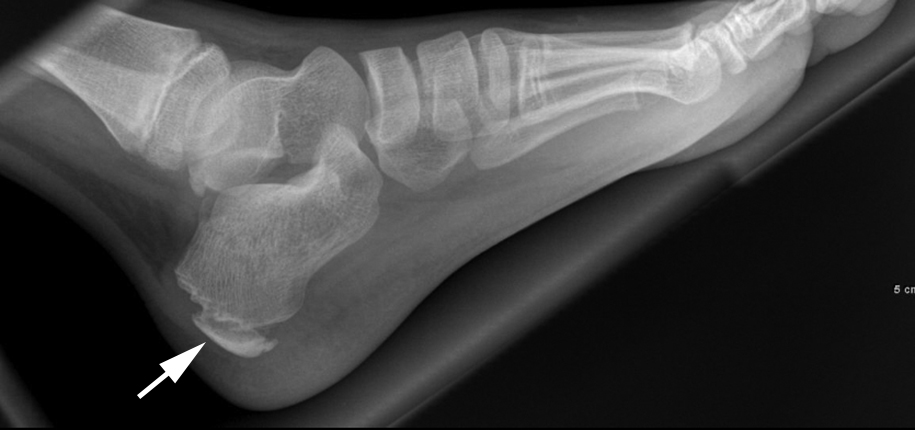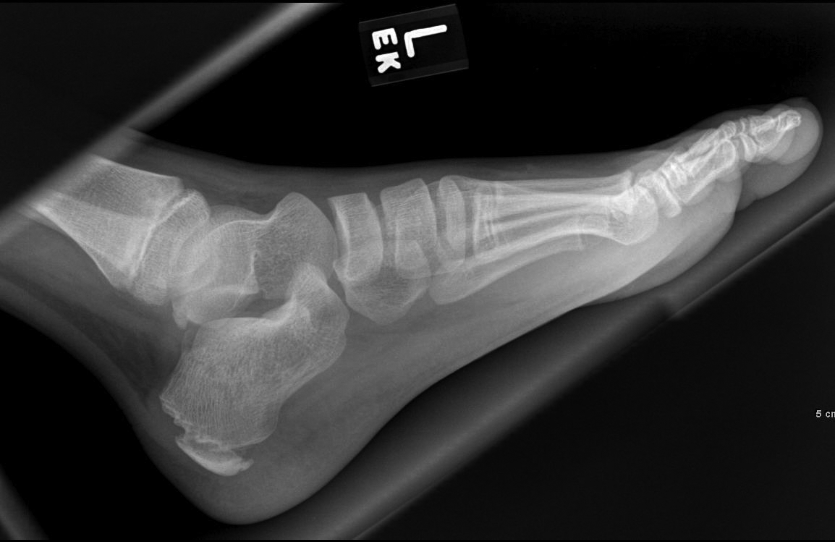
Our first snow of the year came relatively late at the end of January, making kids (and adults) even more enthusiastic to go out sledding. I was on call during the evening of this snowfall and saw many fractures related to this traditional pastime. Fortunately, the injuries were just broken bones with no serious head injuries. However, most of these injuries could have been prevented.
I grew up with winter sports in my blood. I downhill skied, cross-country skied, skated and played hockey and broomball, yet one of my favorite things to do was to go sledding. Zooming down the hill, barely in control, was somehow one of the most thrilling things to do as a child.

Sledding is one of those things that children do that has risk. As a parent and a radiologist, I am much more aware of those risks than when I was as a child. As a physician, we see the broken bones and other injuries that occur when sledding. As such, I think that supervision and a little discussion about safety between parent and child is in order to manage the risk. When children are young, it’s a good idea to sled with them and take it easy. A speed that may not be thrilling to you should be plenty fast for a child. Additionally, this is the perfect time to instill some basic safety habits.
First and foremost, have a clear path. Make sure the hill and landing area at the bottom is clear of trees, fences, poles (utility or signs) and any other obstacles. Objects like these are the single largest cause of injuries. Second, helmets are a great thing to wear. We wear them today to bike, ski, and snowboard. Why not sledding? Third, take turns with plenty of space between sledders to prevent collisions and provide enough time to clear the landing area and get out of the way. Finally, don’t motorize the experience and drag a sled and passenger behind an ATV or snowmobile.
These common-sense safety measures should keep sledding safe while still providing the classic winter thrill of racing down a hill on slippery snow.
Dr. Robert Fleck, author; Glenn Miñano, BFA, editor; Meredith Towbin, copy editor